Overview
The SanDisk Extreme Portable SSD was one of the first external SSDs we’ve tested. After the test, it became my sidekick and I’ve been using it to this day. However, some time has passed since its introduction in 2018 and the manufacturer now brings a revised version with the same name. The novelty has double the speed in specifications, hardware encryption and several improvements of the insides.
Extreme Portable SSD V2
The exterior design of the package hasn’t been changed, but we can immediately notice improvements over the original model. The v2 offers twice as fast both read and write speeds, while other features such as drop protection or water resistance have been retained.
In the package you will find the SSD itself, a short USB-C cable, an adaptor from USB-C to the classic USB type A and short documentation. The SSD uses the USB 3.2 gen 2 standard with 10 Gb/s transfer rate. The USB cable has been shortened by 1 cm compared to its predecessor and is also slightly thicker.
The design and materials used are practically identical to the predecessor, again there’s a dark blue rubber surface with an orange hole for a keychain. The rubber body provides increased resistance to shocks and vibrations up to 1500 G and 5 g RMS at 10–2,000 Hz. The drive is also IP55 certified, so it is resistant to rain, splashes and dust.
The body has intergenerationally grown a little and gained some weight. To be specific, we’re looking at 100.5 × 52.4 × 8.9 mm versus 96.2 × 49.5 × 8.8 mm. The weight has increased even more, from 42 to 63 grams. However, we are comparing the 500 GB and 1 TB models, so a certain deviation is also caused by different capacity.
The manufacturer states maximum speeds of up to 1050 MB/s for reading and 1000 MB/s for writing on the product page. This is twice as much than 550 MB/s for both read and write compared to what was offered by the predecessor. Although both SSDs have the same 10 Gb USB-C connector, the speed changes are caused by the use of different memory chips, a controller and a bridge, which we will take a closer look at below, discussing the new product and the predecessor.
A comparison of the three SanDisk Extreme models: Portable SSD, Portable SSD V2 and Pro Portable SSD V2 shows similarity in design, but slight differences in dimensions, with the Pro model being the largest and the original Portable SSD the smallest.
The exterior differences are therefore rather cosmetic and relatively negligible, everything important has happened inside. Even when opening the cases, which I do not recommend due to the water resistance, I noticed a more demanding and better build quality of the latest SSD. However, the performance is affected by the components used, which we will compare with the old ones.
After opening and looking inside, you may notice one big difference. The novelty (on the left) shows a number of thermal pads that surround the SSD and the PCB on both sides, while the predecessor had black insulation, the exact opposite procedure. The higher weight is also caused by a larger number of parts and thermal components.
But let’s move on to the essentials. The original Portable SSD used a WD Blue Marvell 88SS1074 SSD controller and TLC memory. The bridge between SATA and USB was ASMedia ASM235CM, which you also saw in Silicon Power PC60. The SanDisk Extreme Portable SSD V2 2020 received 64-layer 3D TLC BiCS-4 memory, the SanDisk 20-82-10023 controller and the ASMedia ASM2362 bridge, which was also offered by the first-generation Pro version. It is the bridge of the new generation that enables the combination of NVMe SSD and USB, while until recently your only choice was SATA and USB, which was the case with the original model or the recently tested PC60.
Thanks to the new memory and especially the controller and the bridge, the new SSD is significantly faster, but as we already know NVMe SSDs, they also produce more heat, which is what a larger number of thermal pads are used for. The intergenerational difference is therefore relatively large and it can be expected that the tests will be interesting as well.
In practice, external SSDs have proven to be a great replacement for both USB pendrives and external HDDs, as they offer sufficient capacity to transfer large files and are also the fastest. However, they are not short of the compact size and ease of carrying that define conventional flash drives. Thanks to the USB-C connector, you can also connect them to tablets or smartphones in addition to computers without the need for an adapter.
Testing took place as always on the Intel Z390 platform, specifically on the Gigabyte Aorus Z390 Xtreme motherboard with an Intel Core i9-9900K processor and 32 GB 3600 MHz DDR4 Corsair Dominator Platinum, from which 25 GB was allocated to the RAM disk.






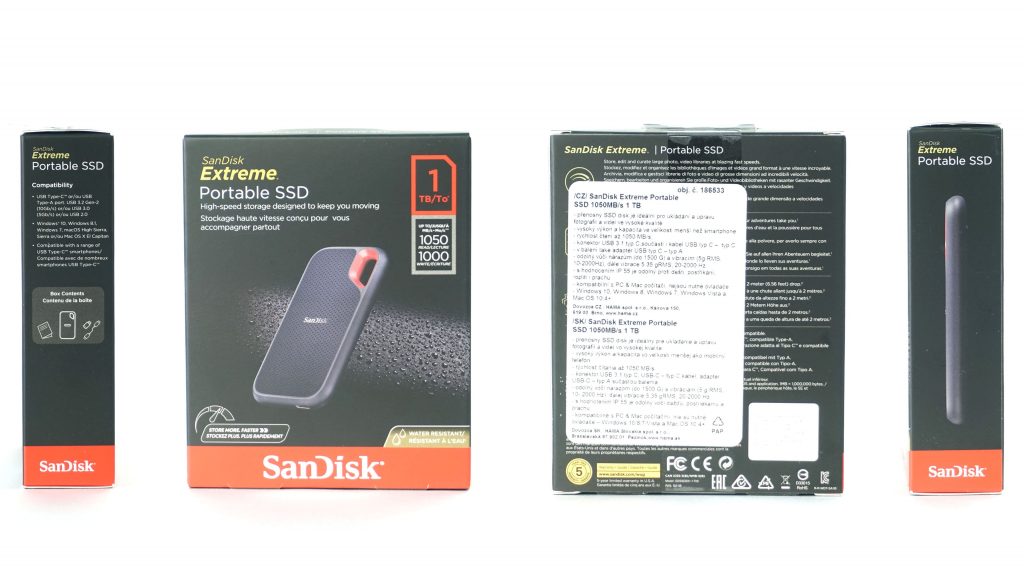


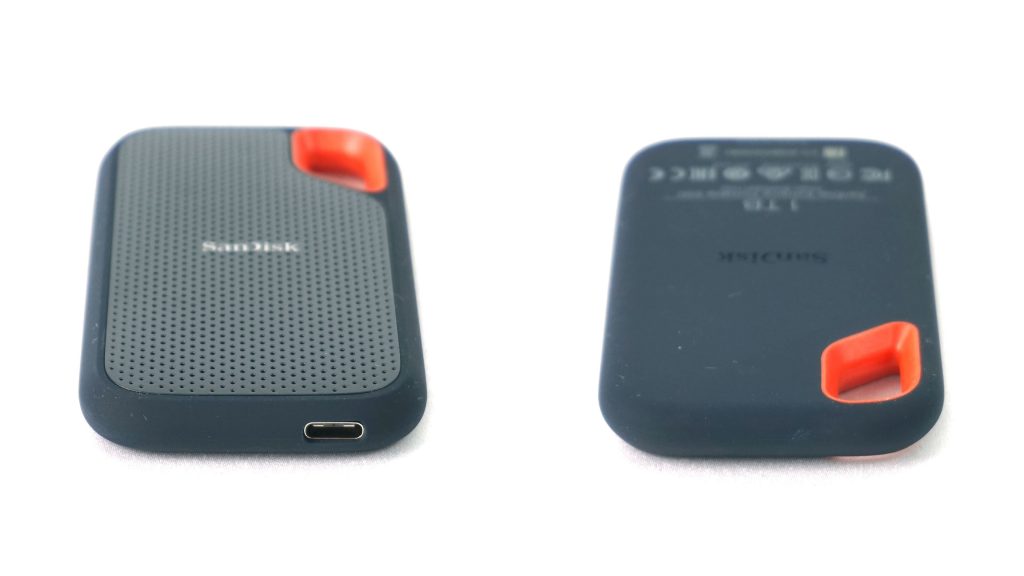
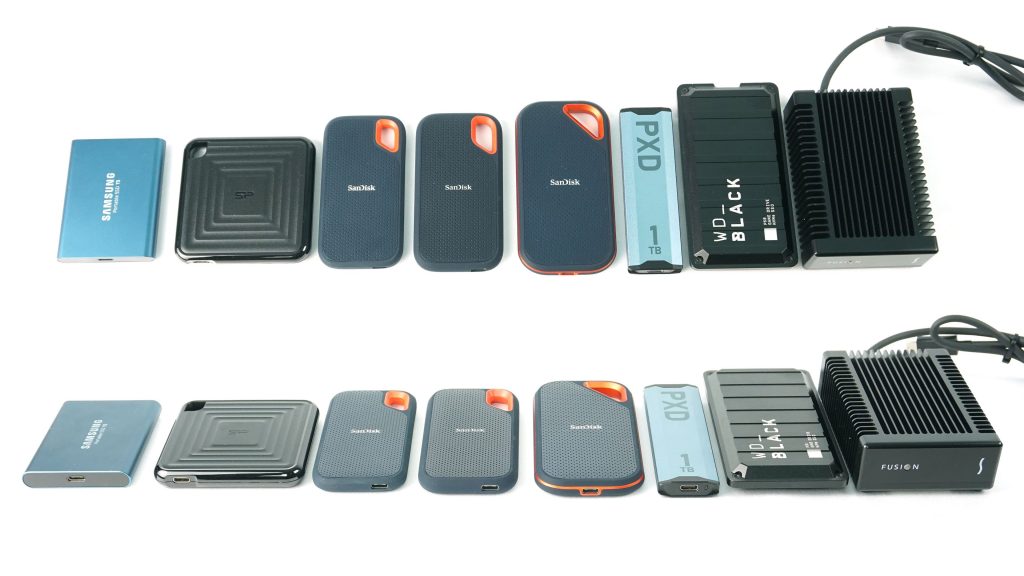
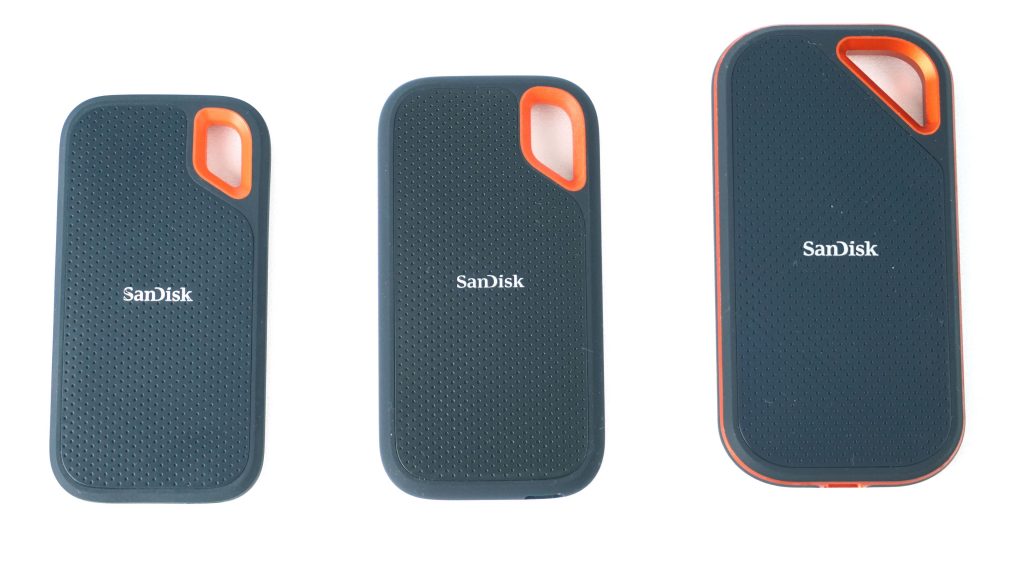
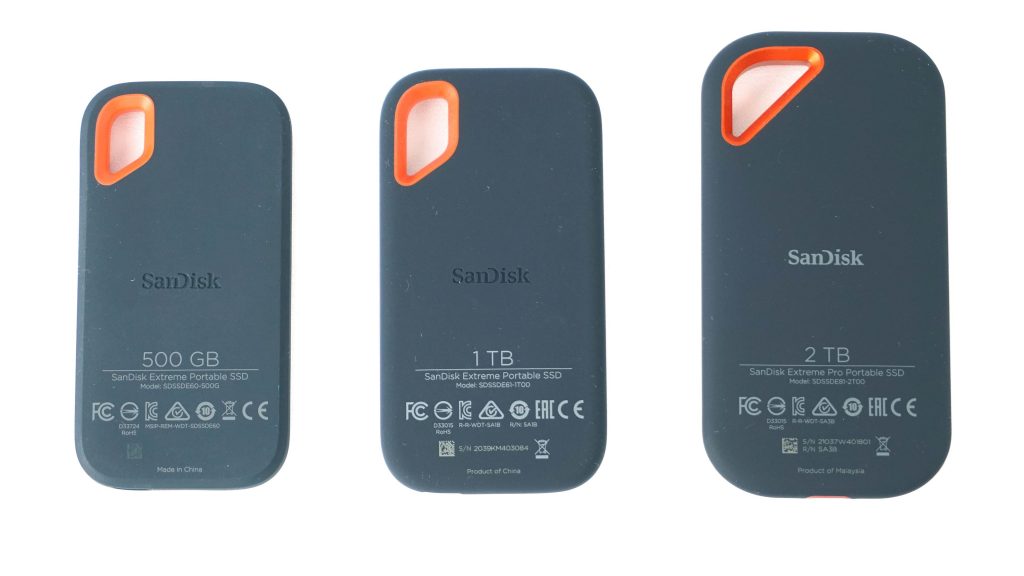
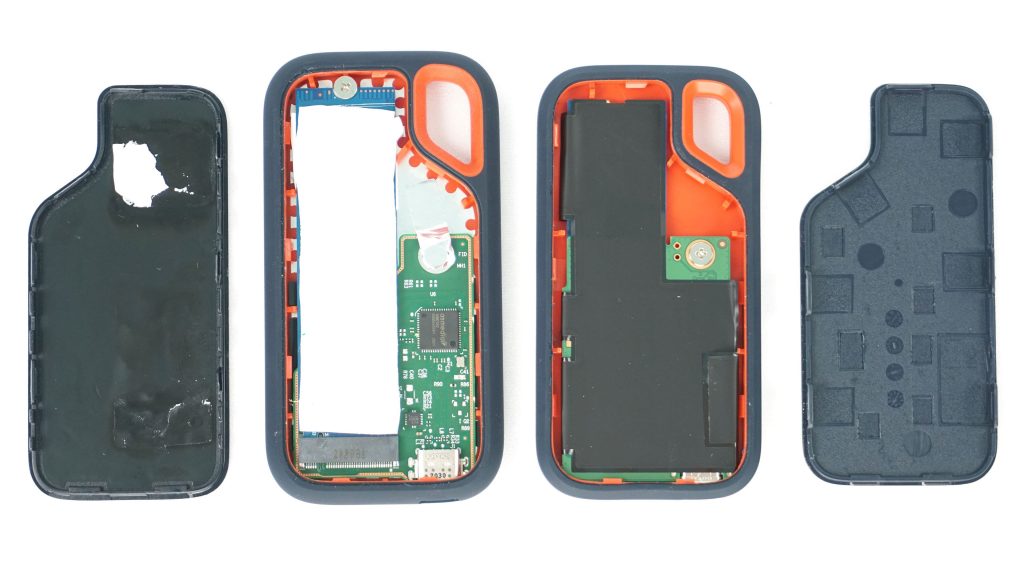
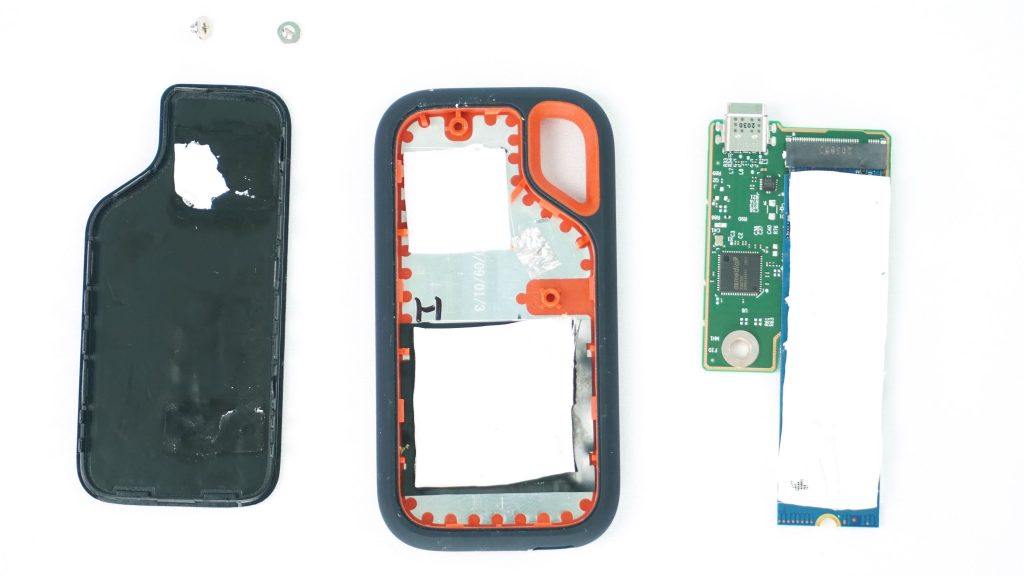
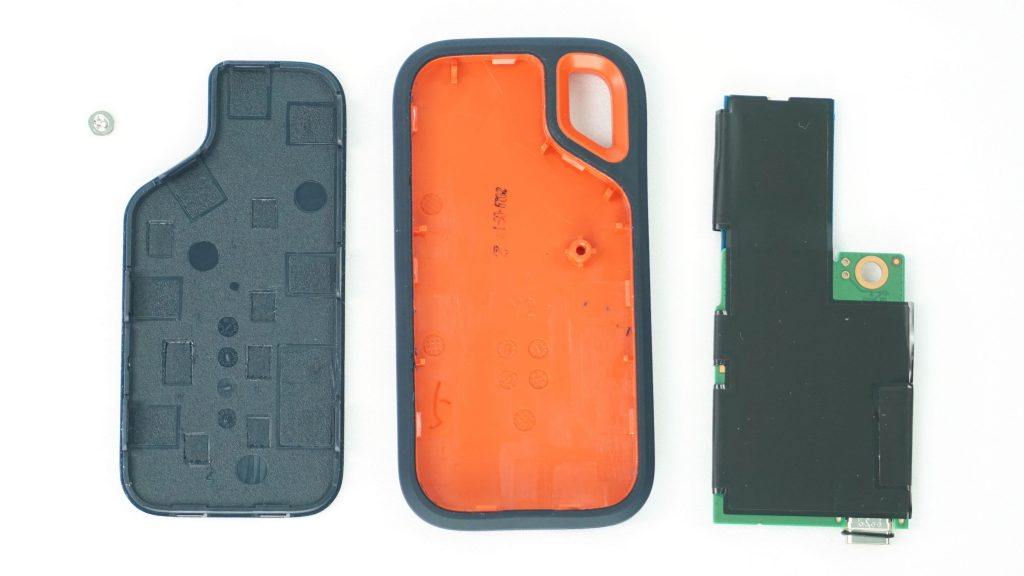
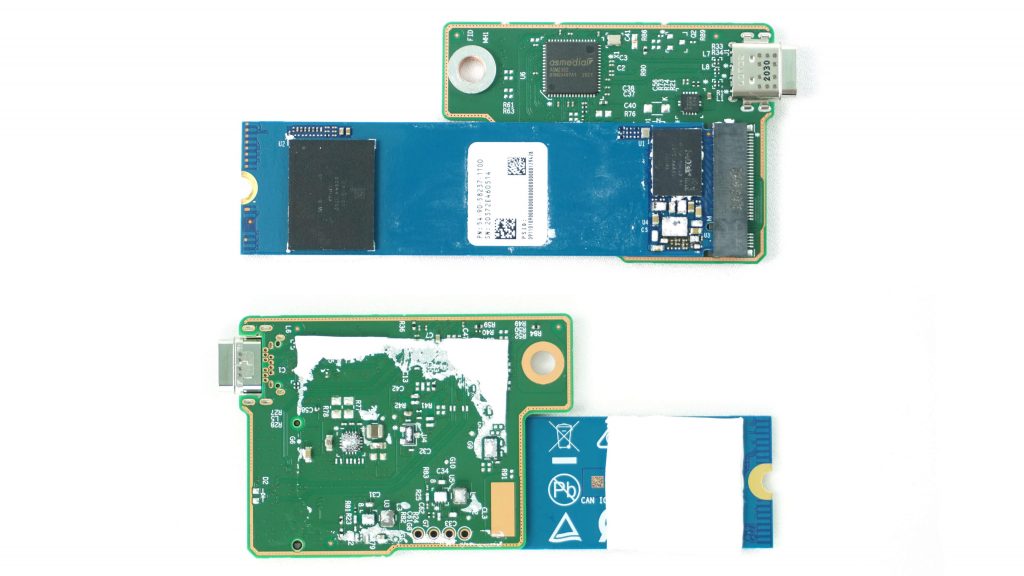

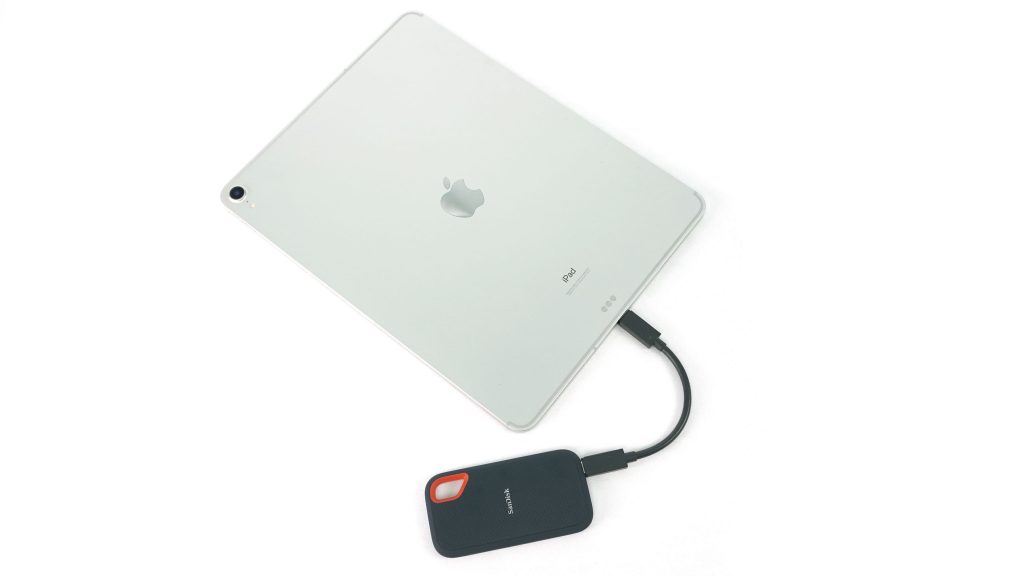
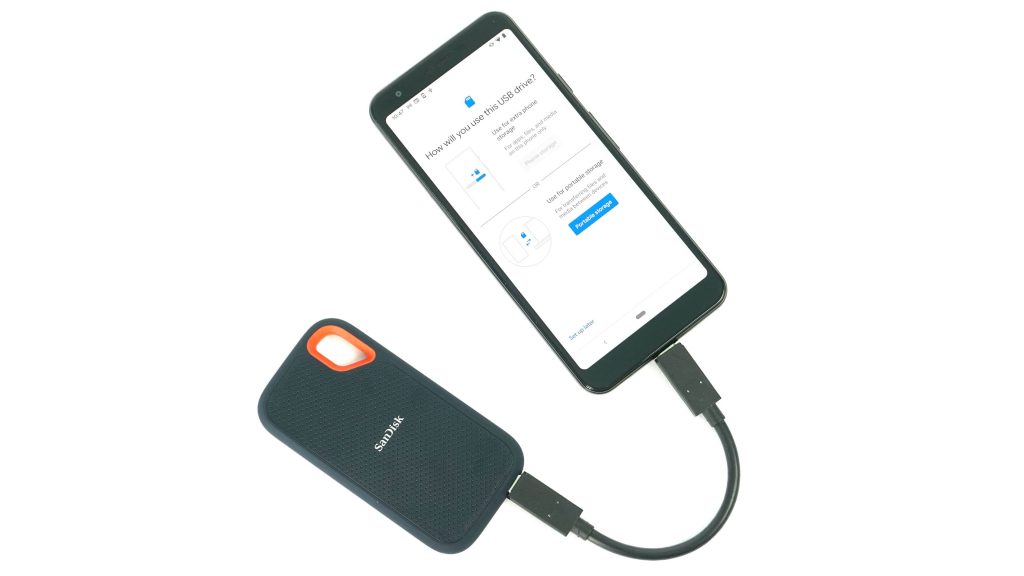



Can u play music from sandisk to my car with USB